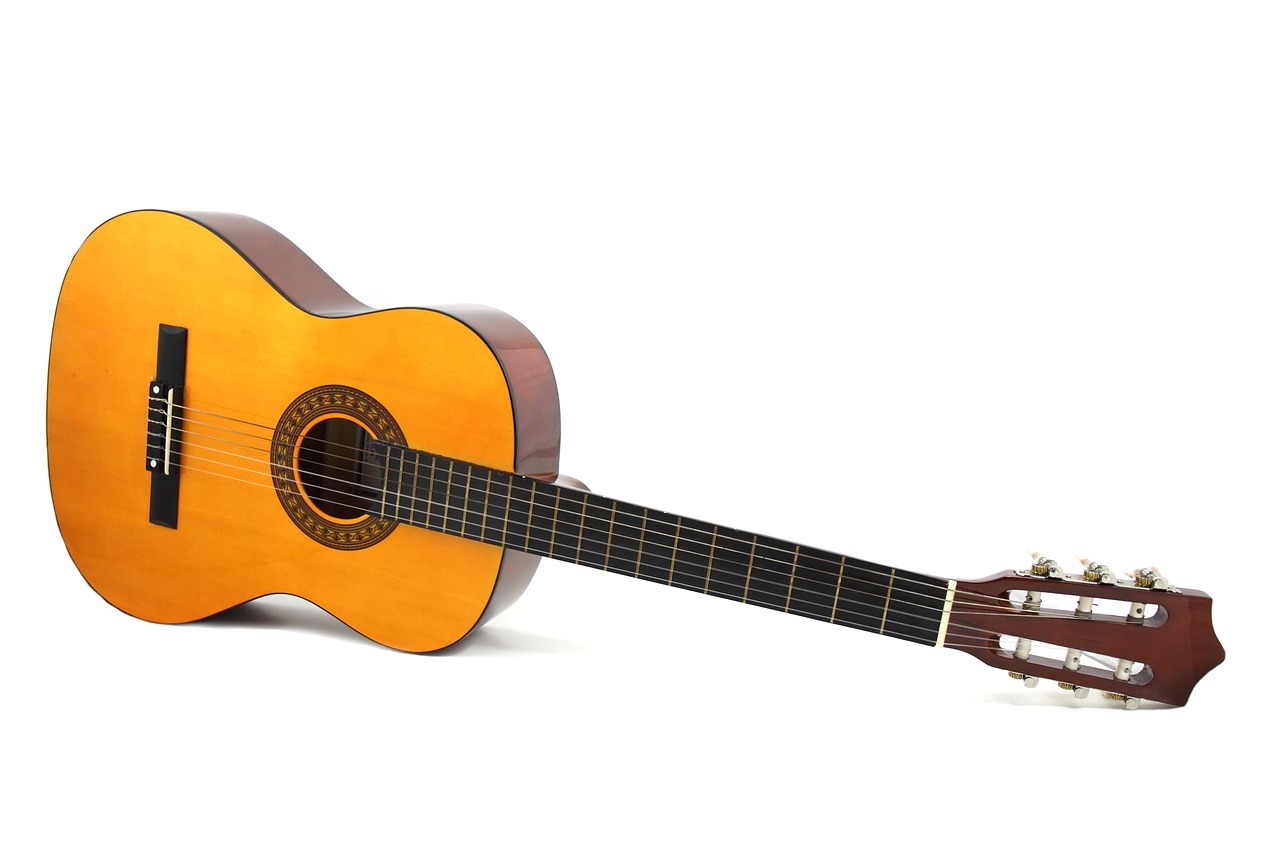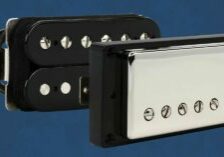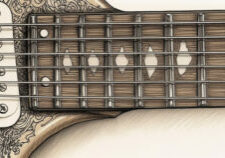Have you ever wondered why guitarists are stretching new guitar strings? Well, let me tell you! I didn’t do this for the first 25 years I played guitar. Now its a common practice for one main reason. It helps keep the guitar in tune.
The main benefits of stretching guitar strings is that it will enhance string stability, improve tuning stability, reduce string slippage, prevent premature string breakage, and ultimately achieve a superior tone quality.
So, grab your winder, and let’s dive into the realm of maximizing guitar string performance by doing some stretching.
The Benefits of Stretching New Guitar Strings

When you install new strings on your guitar, they are not fully settled and stretched. By stretching them, you remove any excess slack and tension, allowing them to settle into their proper position on the guitar. This ensures that the strings stay in tune longer and reduces the chance of them slipping out of tune while playing.
Stretching also helps prevent premature string breakage by removing any weak spots or kinks in the strings. Additionally, stretching the strings helps to enhance the overall tone quality of your guitar, producing a more balanced and resonant sound.
Essential Tools for Maximizing String Performance

Using a guitar tuner, you can ensure that my new strings are properly tuned for optimal performance.
Along with the tuner, there are other essential tools that contribute to maximizing string performance. These tools include a string winder, clean cloth, string cutter, and a guitar bridge pin puller.
The string winder helps in loosening the old strings and installing the new ones.
The clean cloth is used to wipe the guitar fretboard before installing the new strings.
The string cutter is necessary for cutting the excess string length that sticks out from the tuning pegs.
Lastly, the guitar bridge pin puller aids in removing the old strings from the bridge pins when changing strings on an acoustic guitar.
Loosening and Removing Old Strings Properly

With the string winder in hand, you can easily loosen and remove the old strings from my guitar.
To begin, use the string winder to loosen each string, making sure to unwind them from the tuning pegs.
Once you have slack in the string, gently pull out the bridge pins, being careful not to damage the guitar. Next, you pull the strings out from the bridge.
Once the old strings are removed, I like to take all 6 strings and tie them in a knot to ensure a single string doesn’t wind up on the floor.
Lastly, I clean the guitar fretboard with a cloth to ensure a clean surface for installing new strings.
Step-by-Step Guide for Installing New Strings
After choosing the appropriate gauge of strings, insert the new strings through the bridge pins and pull them evenly until they are snug. This ensures proper contact and stability.
Next, carefully insert the strings into the tuning pegs, making sure to wind them in a clockwise direction. This ensures that the strings are properly secured and won’t unravel.
Once the strings are in place, I move on to stretching them.
Proper Techniques for Stretching New Strings
This video above shows the method that I use. I find this method is fairly quick and works well.
- Install new strings
- Push the strings after the nut. This is an extra step I added here. Sometimes strings can catch on the nut and this ensures you stretch that area of the string past the nut.
- Next tune the strings to standard tuning.
- Start with the low E string. Hold the string down at the 1st fret with your left hand.
- With your right hand, start at the bridge by taking your thumb and push the string. Work your way down to the nut.
- Retune the string after each stretch and repeat this method until stretching no longer changes the pitch.
- You will usually repeat this method 3-4 times with each string before you stop noticing that the tuning doesn’t change. If the guitar stays in tune after stretching, you are done.
Achieving Optimal Performance: Repeat the Stretching Process

After I stretch the new guitar string on the low E, I repeat the stretching and tuning steps for each other string. Our goal is to ensure that the strings settle into their optimal position and tension on the guitar.
Furthermore, when you string a new guitar string you can prevent premature string breakage. After each round of stretching, remember to retune the guitar as this is how you get an idea of how much the string stretched and when you can move on to the next string.
After you complete this process for each string, you should be able to play the guitar for quite a long time before you need to retune it. Sometimes I can play for hours, but if you play a lot of bends it’s still possible there is some stretch left in the strings that will pull a string out of tune.
However, if you don’t stretch you can guarantee that you’ll be retuning the guitar after every minute of playing.





